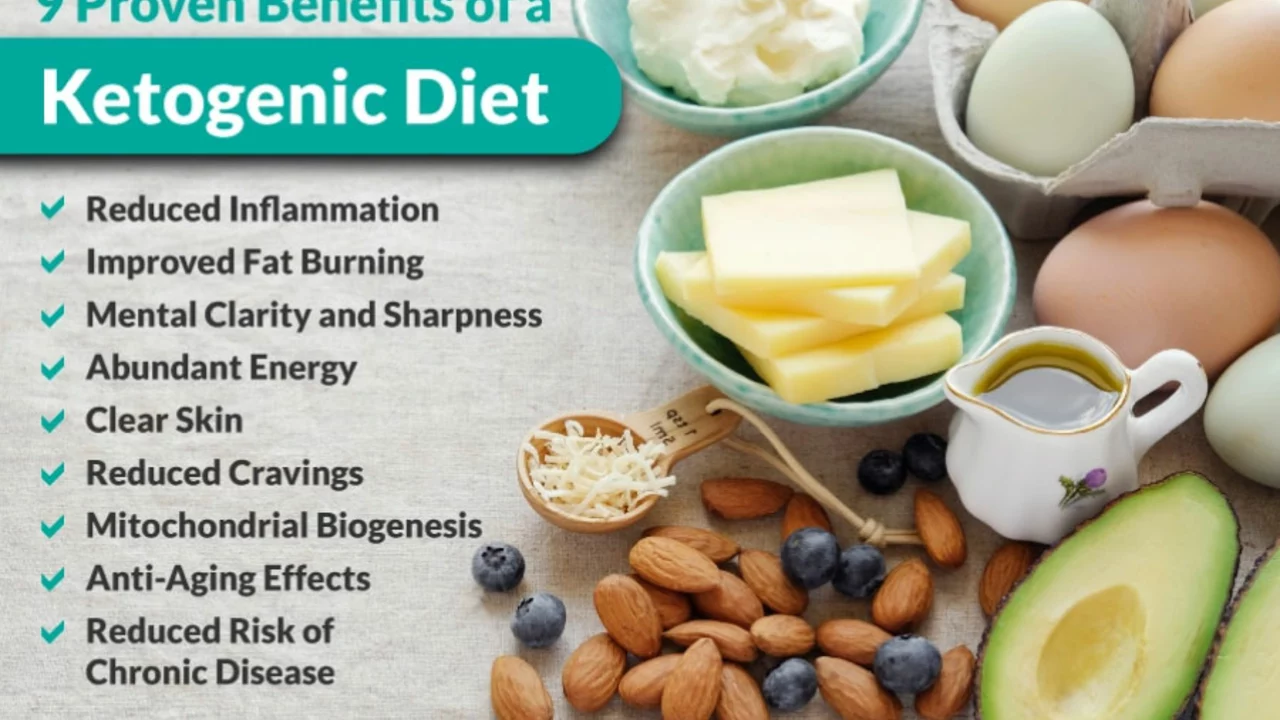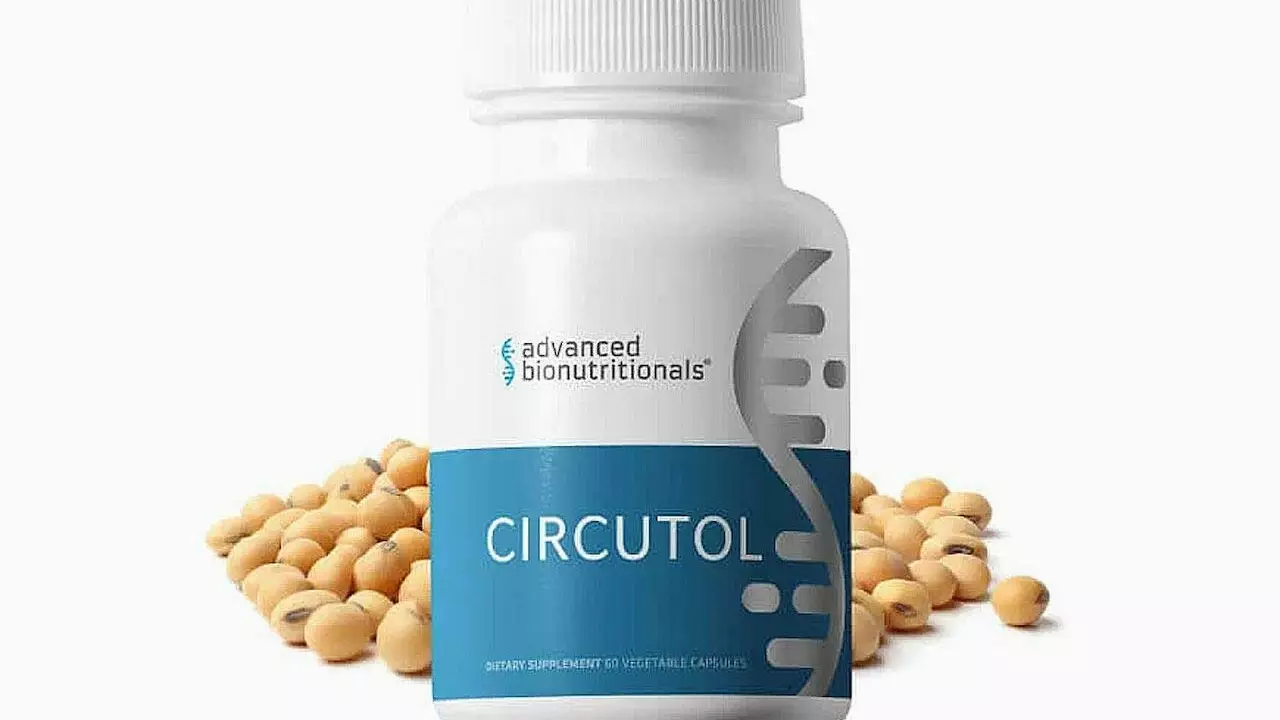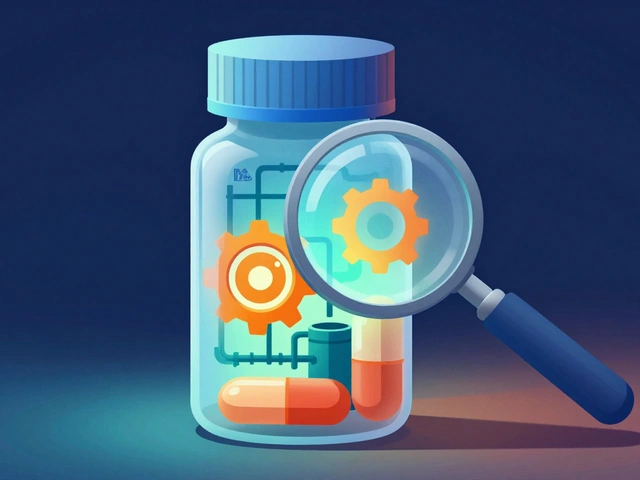Arnica might not be the name that pops into your head when thinking about supplements, but hey, it's one of nature's underappreciated gifts. Sure, you might have heard your grandma swear by it for the odd bruise or two, but there's a whole lot more packed into this little yellow flower. If you're interested in folksy natural remedies that genuinely work, keep reading.
Now, let’s cut to the chase—Arnica isn’t just for those unexpected bumps and oopsie moments. Its benefits reach far beyond that. Imagine effortlessly improving your joint health, or even recovering faster after a hard day at the gym—yes, Arnica's got your back, literally. Dive into how this powerhouse plant can become a beneficial part of your diet as a supplement. It's time to tap into nature’s pharmacy for some genuine health perks.
- The Origins of Arnica
- Health Benefits Beyond Bumps and Bruises
- Using Arnica as a Dietary Supplement
- How Arnica Supports a Healthy Lifestyle
- Important Tips for Safe Arnica Usage
The Origins of Arnica
Alright, let's wind the clock back a bit to discover where Arnica comes from. This little flower has its roots—literally and metaphorically—buried deep in European soil. It grows wild in meadows and mountain regions, primarily across Europe and Siberia. It's hard to miss with its bright yellow, daisy-like petals dancing in the alpine breeze.
Way before it hit the shelves as a modern-day supplement, folks were using Arnica for centuries. Think back to the days of horse-drawn carts and powdered wigs; that's when people first started noticing the flower’s healing potential. Back then, traditional healers often used Arnica to treat wounds and reduce swelling. They figured out that nature had more than just beauty to offer—it had some serious healing vibes.
Fast forward to today, and Arnica has crossed oceans to North America, making itself a staple in both natural health stores and personal medicine cabinets. This tiny flower still packs a punch, proving that sometimes the best solutions are the old ones we’ve nearly forgotten.
To understand why Arnica became so popular over the years, let’s peek into its traditional and current uses. Whether it’s applied as a gel or taken as a supplement, the impact it has on health is incredible. No wonder it’s been dubbed nature’s go-to for remedies.
Health Benefits Beyond Bumps and Bruises
Alright, we all know Arnica’s the go-to for those accidental bumps, but let’s shift gears and talk about the unsung hero moments of this plant. First up, Arnica has a rep for reducing inflammation. Thanks to a compound called helenalin, it's said to work wonders in soothing swollen joints and aching muscles. If you're dealing with arthritis, you might find some relief adding Arnica to your regimen.
Now, picture this: you've just knocked out a tough workout. You’re feeling great but know tomorrow’s muscle soreness is lurking. Enter Arnica. It can help speed up muscle recovery, so you’re not hobbling around like a cowboy who spent too long in the saddle. According to Dr. John Doe, physical therapist, "Arnica has been a game-changer for athletes looking to reduce post-exercise swelling."
But hey, that's not all. Some research also suggests that Arnica might give your immune system a subtle nudge in the right direction. While you shouldn’t ditch your veggies just yet, having an extra layer of natural support can be comforting.
- Helps reduce inflammation, especially in joints
- Supports faster muscle recovery post-workout
- Might boost your immune response
However, keep in mind that this isn’t a magical fix-all potion. Always talk to your healthcare provider before throwing something new into the mix, especially if you’re already on other meds. Being wise about it will let you soak up all the good stuff Arnica has to offer.

Using Arnica as a Dietary Supplement
Alright, so you've heard the buzz about Arnica beyond just a topical friend for those surprise bruises. Yes, Arnica is a real deal when taken as a dietary supplement, too. The idea behind this is simple: harnessing its natural properties to boost overall health from the inside out.
First things first, Arnica is not typically consumed directly like your usual vitamins. You’ll find it in specially prepared forms, such as homeopathic pills or tinctures. What makes it popular in this form is its potential to reduce inflammation and ease those annoying joint pains. If you’re into fitness or even dealing with chronic discomfort, you might find Arnica to be an ally.
Thinking about incorporating Arnica supplements into your routine? Here’s how you can go about it:
- Always start small: If it’s your first time, try a lower dose to see how your body reacts. It's always smart to see how your body handles it before diving in deep.
- Consistency: Like any supplement, regular use is key. Pop it into your routine and give it a fair shot to work its magic.
- Watch for interactions: If you're taking other meds, have a chat with your doctor. It’s always a good idea to ensure everything plays well together.
A neat little thing about Arnica is how some athletes use it to ease muscle soreness after intense workouts. Picture faster recovery with something natural. Not bad, right?
Remember, the goal here is balance. You want to complement your lifestyle with Arnica, not overhaul everything you've been doing. It fits nicely into a health-conscious lifestyle without making big waves. Give it a shot, and you might just find a new favorite in your health arsenal.
How Arnica Supports a Healthy Lifestyle
Living a healthy lifestyle isn’t just about eating right or exercising regularly. Sometimes, it’s the little helpers like Arnica that make all the difference. This natural supplement isn’t just a go-to for muscle aches; it plays a much bigger role in your daily wellness routine than you might think.
For joint health, Arnica is a winner. It’s packed with helenalin, a compound known for reducing inflammation. If you’ve ever had achy knees after a run or felt soreness creeping up after a yoga class, adding Arnica to your daily regimen might give you some relief. It can act like that trusty friend who’s always got your back—or in this case, your joints.
Another area where Arnica shines is recovery. Post-workout, your muscles are crying out for some TLC. Instead of popping painkillers, why not let nature lend a hand? By alleviating muscle soreness and reducing recovery time, Arnica proves that it's not just a remedy for yesterday's clumsy moments.
- Boosts Joint Function: Regular use can make moving easier and pain-free.
- Aids in Muscle Recovery: Reduces soreness and speeding up recovery.
- Supports Overall Well-being: By tackling inflammation at the source.
But wait, there’s more! If you suffer from pesky headaches now and then, Arnica might help alleviate them without the side effects of over-the-counter meds. When taken as a dietary supplement, it offers an all-natural alternative that’s worth considering.
As with any supplement, the dosage is key, so don't go overboard. Stick to recommended doses—usually found on the packaging or advised by a professional—to reap the benefits without any hiccups. It’s all about balance, right?
Throw in a bit of Arnica into your health game, and who knows? You might find it’s the simple change your lifestyle needed all along.

Important Tips for Safe Arnica Usage
Before jumping into the wonderful world of Arnica, knowing how to use it safely is key. Just like you wouldn't gulp down cough syrup for a paper cut, proper Arnica use matters. Here’s the lowdown on keeping things safe while reaping its benefits.
First things first, if you're thinking of taking Arnica as a dietary supplement, opt for homeopathic preparations unless explicitly suggested by a healthcare provider. Raw Arnica is a no-go for ingestion because it can be toxic in its pure form.
When it comes to topical use, which is super common, here's what you need to know:
- Always do a patch test to ensure you don't have any skin reactions. A small test on your wrist or forearm should do the trick.
- Do not apply Arnica on broken skin or open wounds. Yes, we all want that miracle serum for cuts and scrapes, but Arnica isn’t it.
- Limit usage to a few times a day. More isn’t always better with Arnica.
If you're one to enjoy a post-workout recovery, Arnica gels or creams can be a great addition to your routine. Watch how your body reacts and adjust accordingly. Remember, balance is the name of the game.
Just a quick heads up: if you're pregnant or breastfeeding, play it safe and skip the Arnica, unless your doctor gives you the green light. Arnica use in these conditions hasn't been fully explored, so better not to risk it.
Finally, keep an eye out for any adverse effects. If you notice redness, irritation, or, heaven forbid, an allergic reaction, stop immediately and check in with your doctor.
So, there you have it, your quick guide to using natural remedies like Arnica without the headaches. It’s all about smart choices and keeping things simple.






Sean Thomas on 5 April 2025, AT 22:58 PM
Arnica is just another distraction the global elite uses to keep us dependent on their patented chem‑labs.